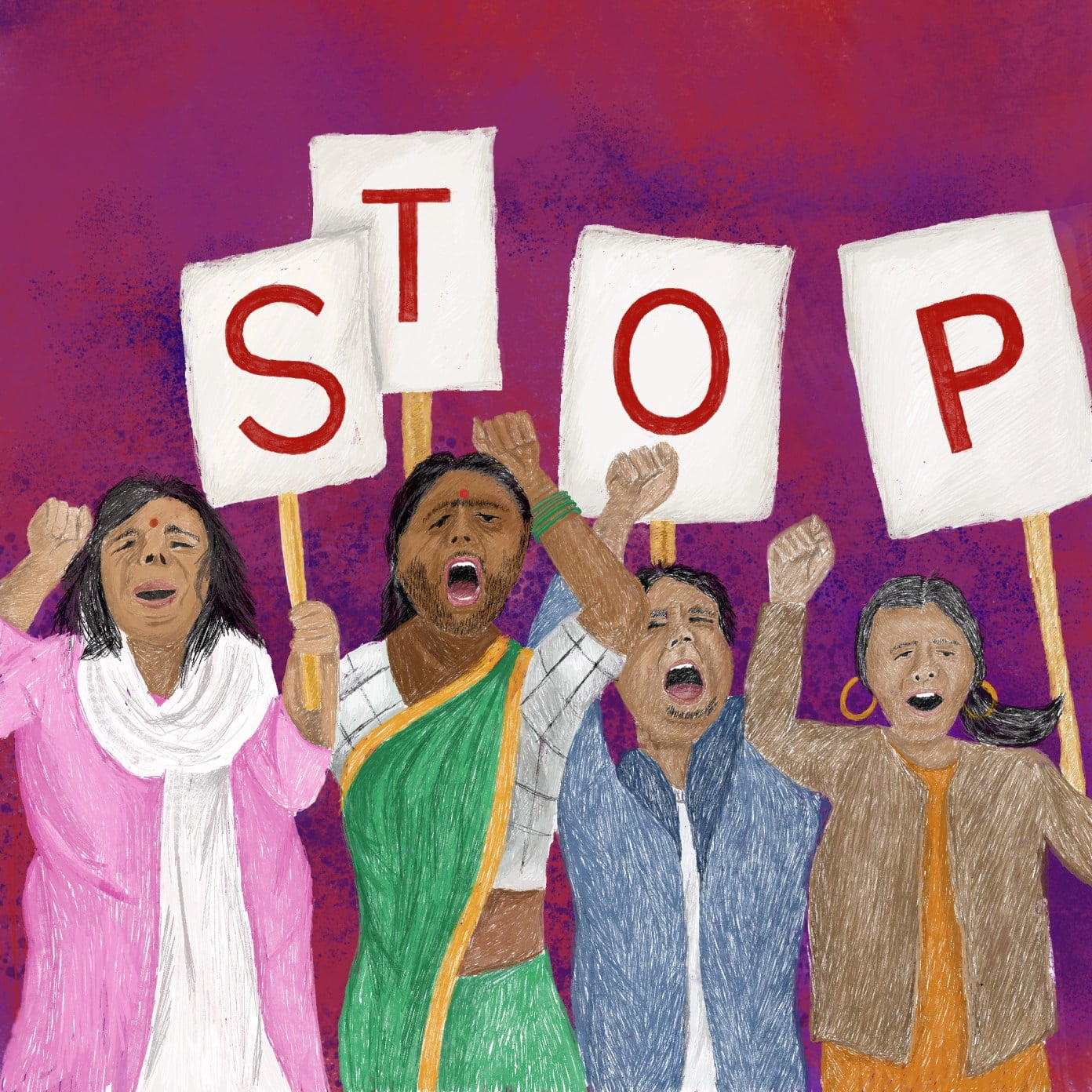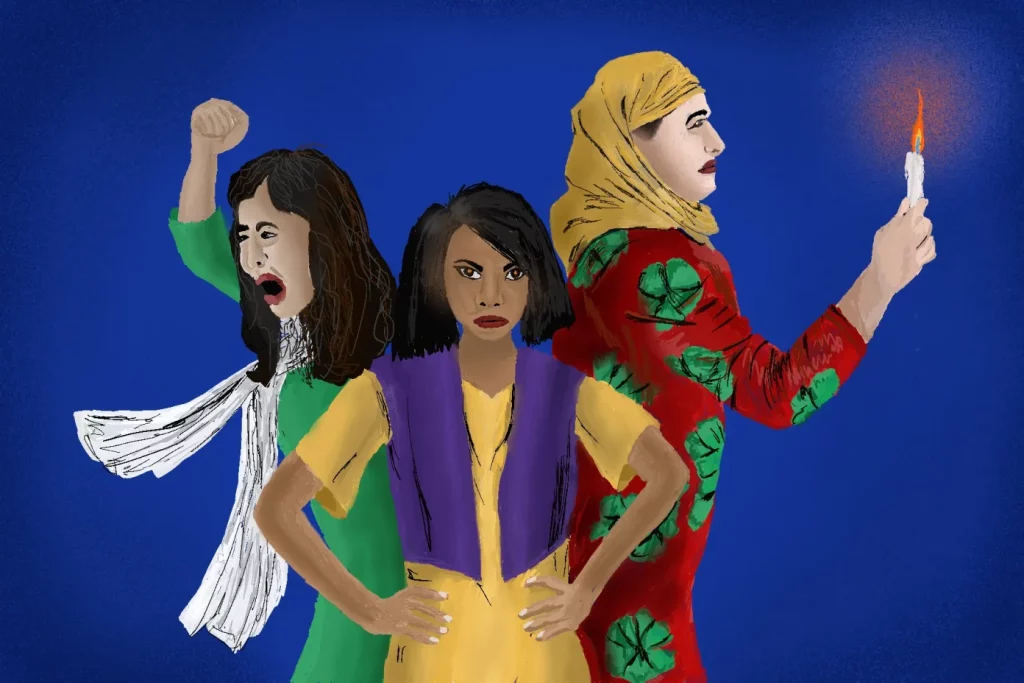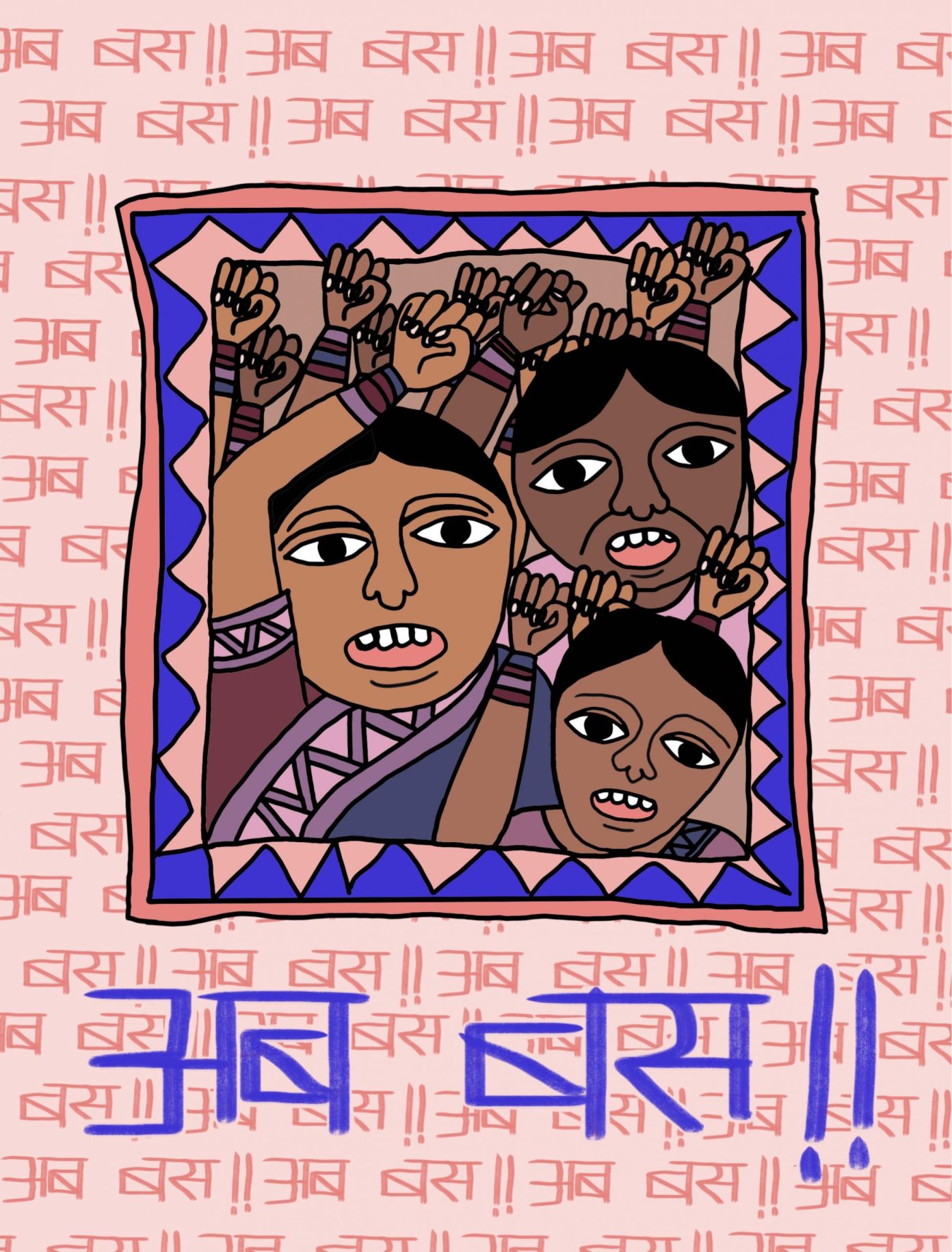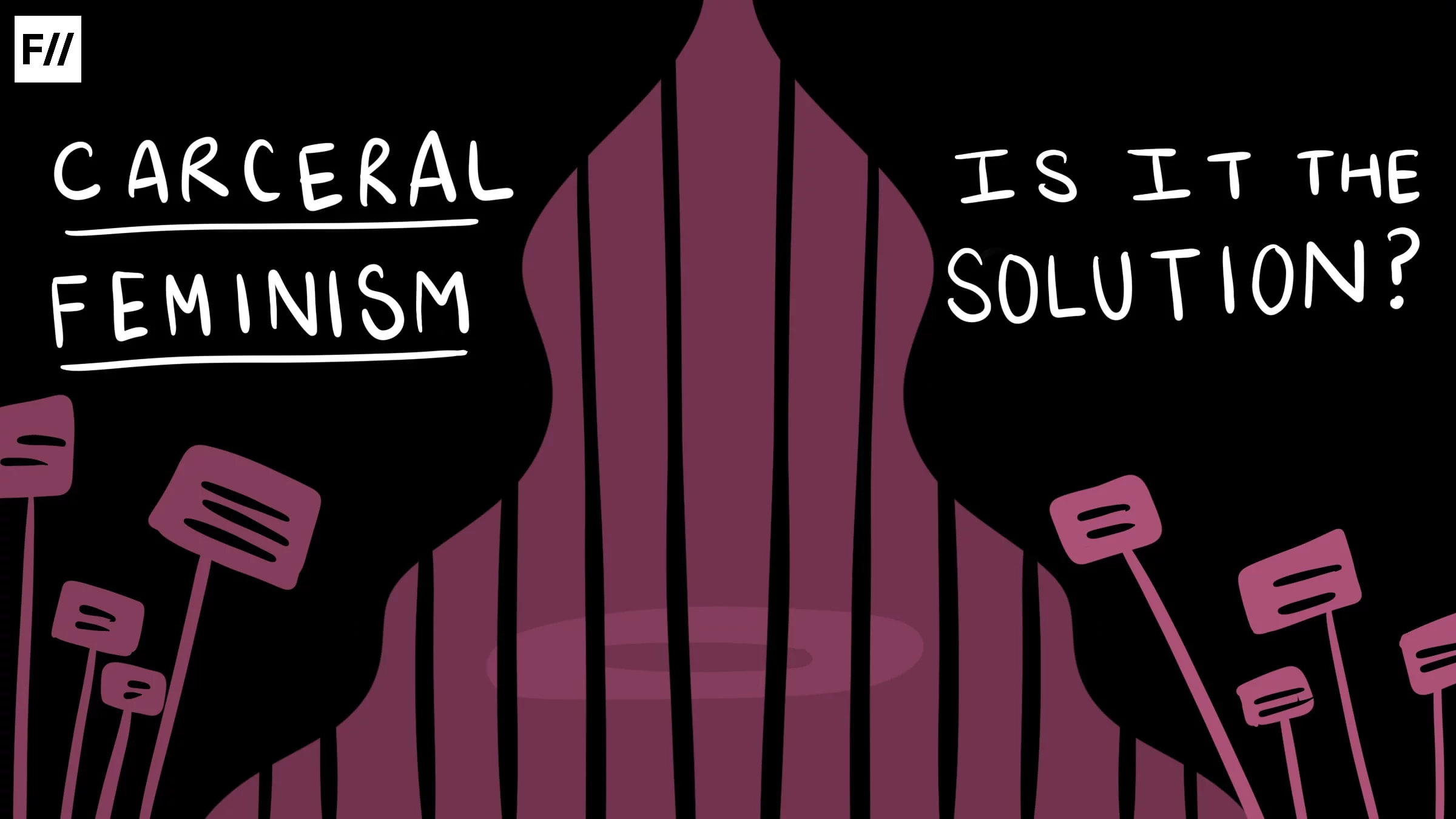Trigger Warning: Rape
The recent RG Kar Hospital rape case in West Bengal has sent shockwaves across the nation, bringing to light the stark realities of violence against women in India. The incident, which occurred within the premises of a reputed hospital, has ignited widespread outrage and raised critical questions about the safety of women, even in places meant to provide care and protection. The brutality of the crime, coupled with the audacity of the perpetrator to commit such an act in a public institution, has left the public reeling in anger and disbelief.
The brutality of the crime, coupled with the audacity of the perpetrator to commit such an act in a public institution, has left the public reeling in anger and disbelief.
In the aftermath of the incident, there has been an overwhelming demand for swift and severe justice. The internet has been abuzz with calls for the death penalty for the convicted, with many netizens arguing that such a punishment is the only way to deter future crimes of this nature. The uproar for capital punishment has been echoed by various public figures, including the Chief Minister of West Bengal, who has publicly supported the idea of imposing the harshest possible sentence on the perpetrator. This demand for retributive justice reflects the deep-seated frustration and anger within society over the persistent issue of sexual violence.

However, the fervent calls for capital punishment also raise important questions about the effectiveness of such a response. While the desire for justice is understandable, it is essential to critically examine whether the death penalty is truly the most effective means of addressing crimes like rape. It is necessary to explore the complexities and implications of capital punishment for rape, and we must have a nuanced perspective on why it might not be the most effective response to such heinous crimes.
The problematics of capital punishment as a response to rape
The debate over capital punishment as a solution to the crime of rape is deeply polarising, revealing the complexities and challenges that come with seeking justice in such cases. While the anger and frustration-driven calls for the death penalty are understandable, a closer examination reveals significant issues with this approach.
First and foremost, the deterrence argument—the belief that capital punishment will prevent future rapes—does not hold up under scrutiny. Empirical evidence from various studies suggests that the threat of execution does not effectively deter criminals from committing such acts. In reality, the motivations behind sexual violence are complex and often intertwined with deep-seated issues like power dynamics, misogyny, and societal norms that devalue women.
The simplistic notion that harsher punishments will scare potential offenders into compliance fails to address these underlying factors. Instead, it risks creating a false sense of security, diverting attention from the need for comprehensive prevention strategies that tackle the root causes of sexual violence.
The simplistic notion that harsher punishments will scare potential offenders into compliance fails to address these underlying factors.
Social media platforms are currently flooded with calls for the harshest possible punishments for the accused, often drawing comparisons to the measures implemented in other countries. However, the reality is far more complex and less normative than these online demands suggest.
Iran, where the regime imposes severe penalties for rape, has been accused of horrific human rights abuses, including the rape and violation of protesters as young as 12. Similarly, in Egypt, where rapists face the death penalty or life imprisonment, the situation remains dire. In 2017, Cairo was voted the most dangerous megacity for women by the Thomson Reuters Foundation, and a 2013 UN report revealed that a staggering 99.3% of women in the city had experienced some form of sexual harassment, ranging from unwanted advances to rape.

Moreover, the use of capital punishment in rape cases can inadvertently reinforce the very patriarchal structures that contribute to gender-based violence. By focusing on retribution rather than rehabilitation and societal change, the death penalty upholds a punitive model of justice that does little to challenge the systemic issues at play. This approach obscures the need for broader legal and cultural reforms that address gender inequality, challenge harmful norms, and promote respect for women’s rights.
The Justice Verma Committee, established in the wake of the horrific December 2012 Delhi gang rape, also stood against the death penalty for sexual assault. In its comprehensive report, the committee emphasised that the death penalty is not a solution to the problem of rape. The committee observed that the introduction of capital punishment could lead to an increase in victim killings, as perpetrators might resort to murder to eliminate witnesses and thereby reduce their chances of being caught.
Shifting the focus from the convicted to the victims
In the aftermath of rape cases, the public discourse often becomes overwhelmingly focused on the fate of the perpetrator, particularly in discussions surrounding capital punishment. While holding offenders accountable is undoubtedly crucial, this intense focus on the convicted can eclipse the more pressing and critical needs of the victims. The conversation needs to shift from retribution towards addressing the profound and long-lasting impact that such crimes have on survivors.
This statistic reveals that a significant majority of rape survivors do not see their perpetrators brought to justice.
One of the most glaring issues in the Indian context is the abysmally low conviction rate for rape cases, which hovers around 30%, according to NCRB 2017-18 data. This statistic reveals that a significant majority of rape survivors do not see their perpetrators brought to justice.

Additionally, the justice process itself often becomes a secondary trauma for victims. The delays in the judicial system, where cases can drag on for years, the emotional and psychological toll on survivors. The lengthy trials and repeated court appearances force victims to relive their trauma, often in a public and adversarial setting. Rather than receiving timely justice and support, many victims are left in a state of limbo, their lives put on hold as they await a resolution that may never come.
Moreover, the judiciary’s treatment of victims has, at times, been shockingly insensitive and patriarchal. There have been instances where courts have suggested that victims marry their rapists as a form of “resolution” to the crime. Such recommendations not only perpetuate the notion that a woman’s honor is tied to her sexual purity but also place an intolerable burden on victims to reconcile with their attackers.
The male-dominated judiciary can be particularly gruesome in its treatment of female victims. A stark example of this occurred in April 2024, when a magistrate in Rajasthan’s Karauli district allegedly asked a Dalit rape victim to strip to show her injuries.
The male-dominated judiciary can be particularly gruesome in its treatment of female victims.
These deeply problematic approaches reflect the persistence of regressive attitudes within the justice system that prioritise the social standing of women over their fundamental rights and well-being. The conviction-centric justice system tends to neglect the victim and the difficulties surrounding her.
The widespread epidemic of sexual violence
The incident at RG Kar Hospital in Kolkata is not an isolated case but a grim reflection of a pervasive and escalating crisis of sexual violence across the country. In the aftermath of this incident, numerous other cases of rape have been reported. The reality is even more harrowing, as many rapes go unreported due to fear, stigma, and a lack of faith in the justice system.
From the rape and murder of a nurse in Uttarakhand (August 9) to the brutal gang-rape and murder of a 14-year-old girl in Bihar (August 12), the epidemic of sexual violence is pervasive, cutting across age, class, and geography. The victims range from a 3-year-old girl (August 18) to 63-year-old widow (August 14) and many more, each story more tragic and revealing of the deep-rooted misogyny that pervades society.

This highlights the horrifying reality of life for women and girls in India, where the threat of sexual violence is an ever-present shadow. The stories are not just about individual acts of violence but are emblematic of a broader, systemic issue: the entrenched gender inequality that underpins such acts.
The consistent pattern of violence against women is rooted in a societal structure that devalues women and perpetuates the notion that they are inferior to men. This devaluation manifests in the worst forms of violence, where women are not only assaulted but also silenced and erased. It is not enough to demand harsher punishments for perpetrators; what is necessary is a fundamental questioning of the very basis of the distinction between male and female that allows men to exert such violent power over women. The issue lies in a patriarchal society that views women as objects to be controlled and dominated, where violence becomes a tool for asserting male supremacy.
About the author(s)
Harsh Bodwal teaches Social Science and English at a CBSE-affiliated school and holds an MA degree in Political Science from Jawaharlal Nehru University. His research explores how caste, patriarchy, and capital intersect with the various institutions to shape and often constrain democratic processes.





